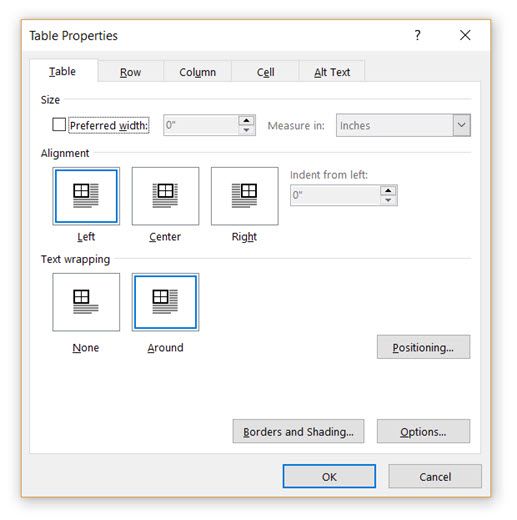

Skip the \mycellformat and \parskip if you have no need for them (although not necessary in your case, I included \parskip since it's useful to visually distinguish paragraphs from one another since paragraph indentation is automatically switched off in tables, and added \mycellformat to allow for uniform document-wide table design settings). To format tables in Word by applying a table style, start by clicking into the table to format. The default is cc, but you can change it globally in the preamble with \renewcommand Do one of the following: For a line break: Click the Insert menu button in the toolbar, then choose Line Break. Insert the Table Transformer macro and paste the table or the macros outputting tables within the macro body.
#TABLE FORMATTING IN WORD MOVING ONE LINE ON A CELL HOW TO#
How to start a new part of a document on an odd page When you create a book or other specific type of a Microsoft Word document, you may need to start each new part of your paper on an odd page. Solution: Switch the page to the edit mode. One of them is avoiding hanging lines, i.e., a single line of a paragraph should not be on a separate page, neither the first nor the last. The horizontal and vertical alignments can chosen independently from those of the table they're included in. Preserving initial cell formatting Use case: You need to preserve the initial formatting and apply a new one.


Strangely, no answer (unless I've misread them) mentions a package that is dedicated to this precise question: makecell, which allows for common formatting of certain cells, thanks to its \thead and \makecell commands, and for line breaks inside these cells.


 0 kommentar(er)
0 kommentar(er)
